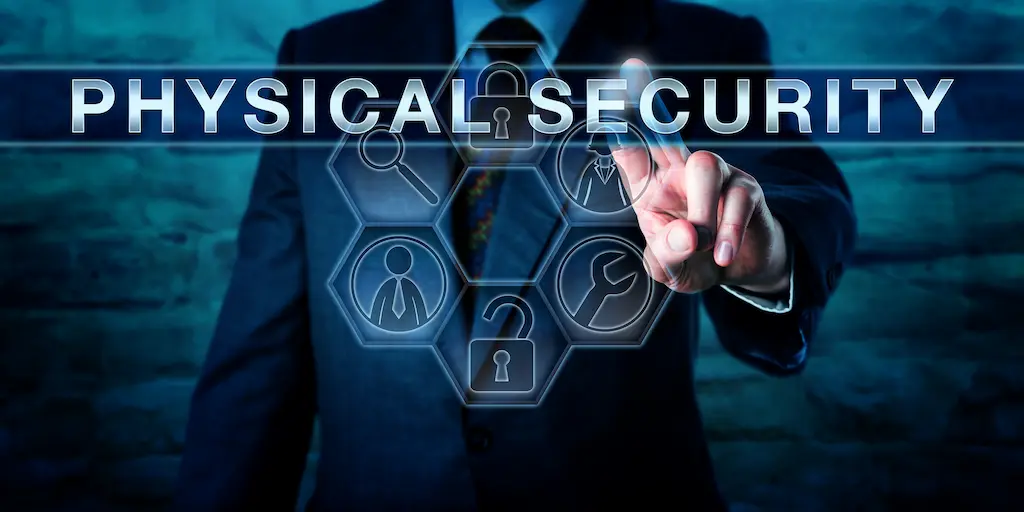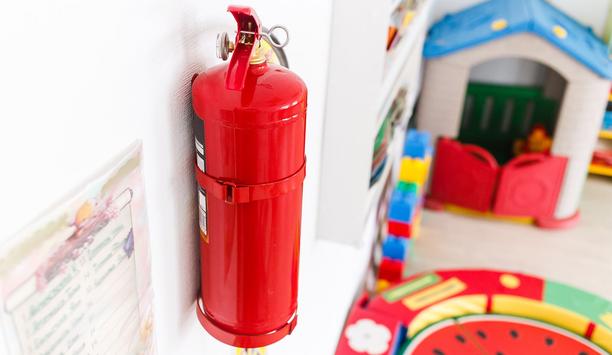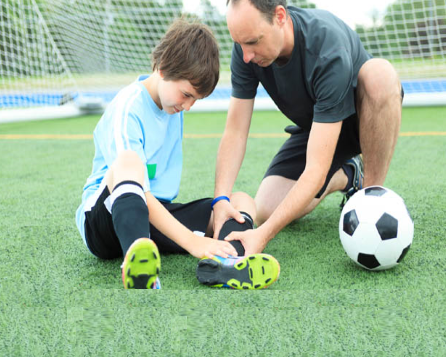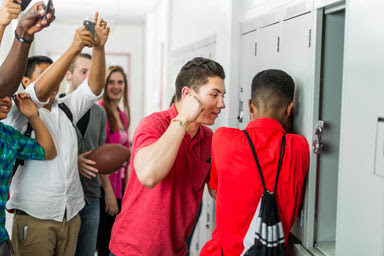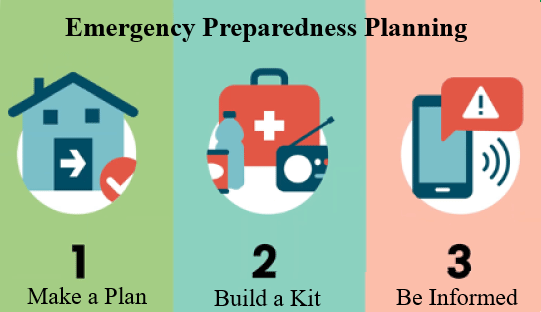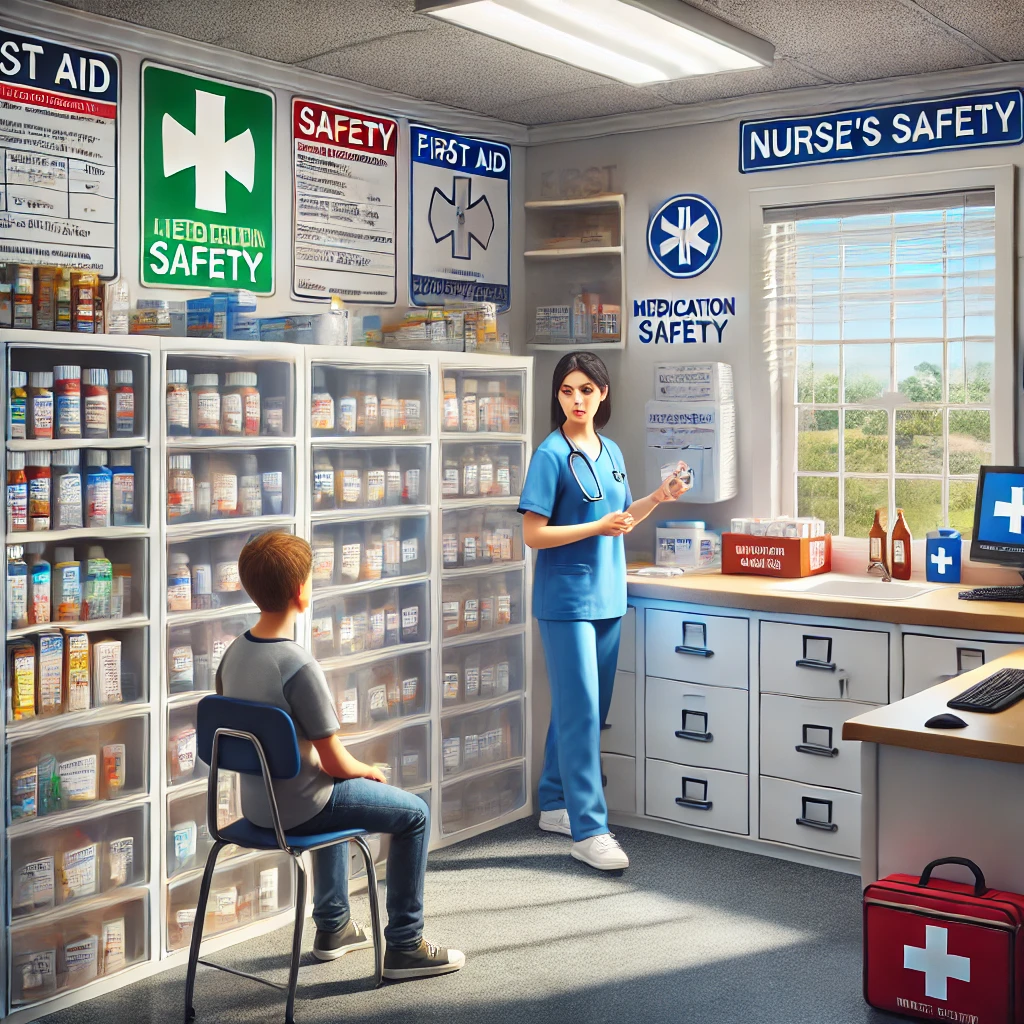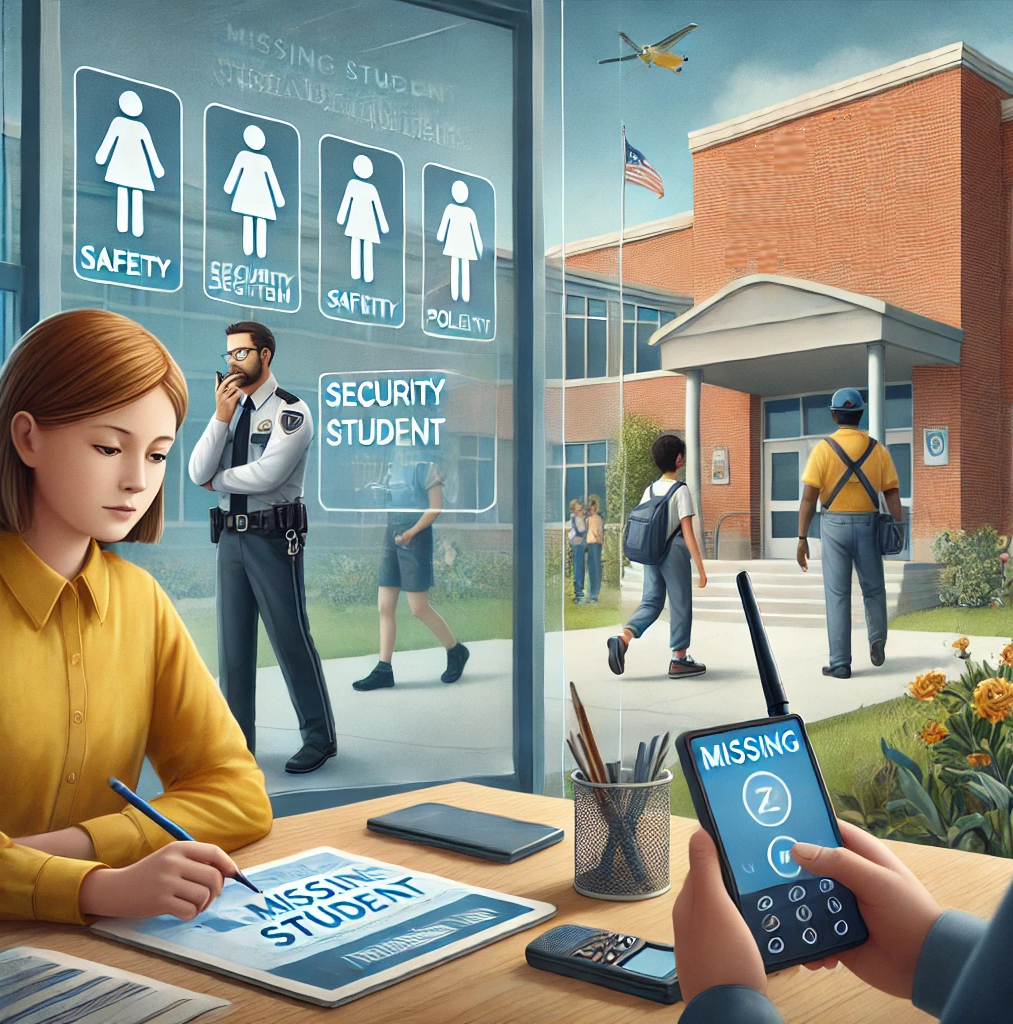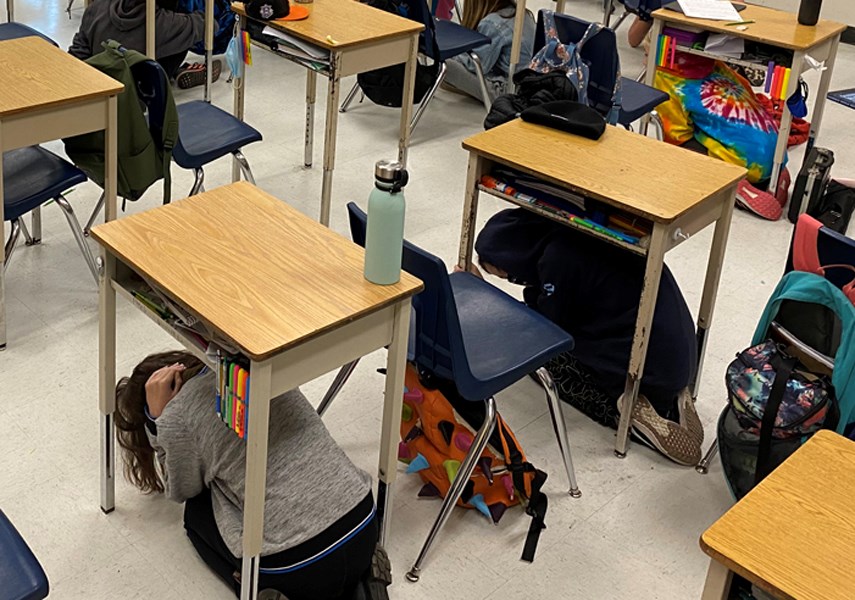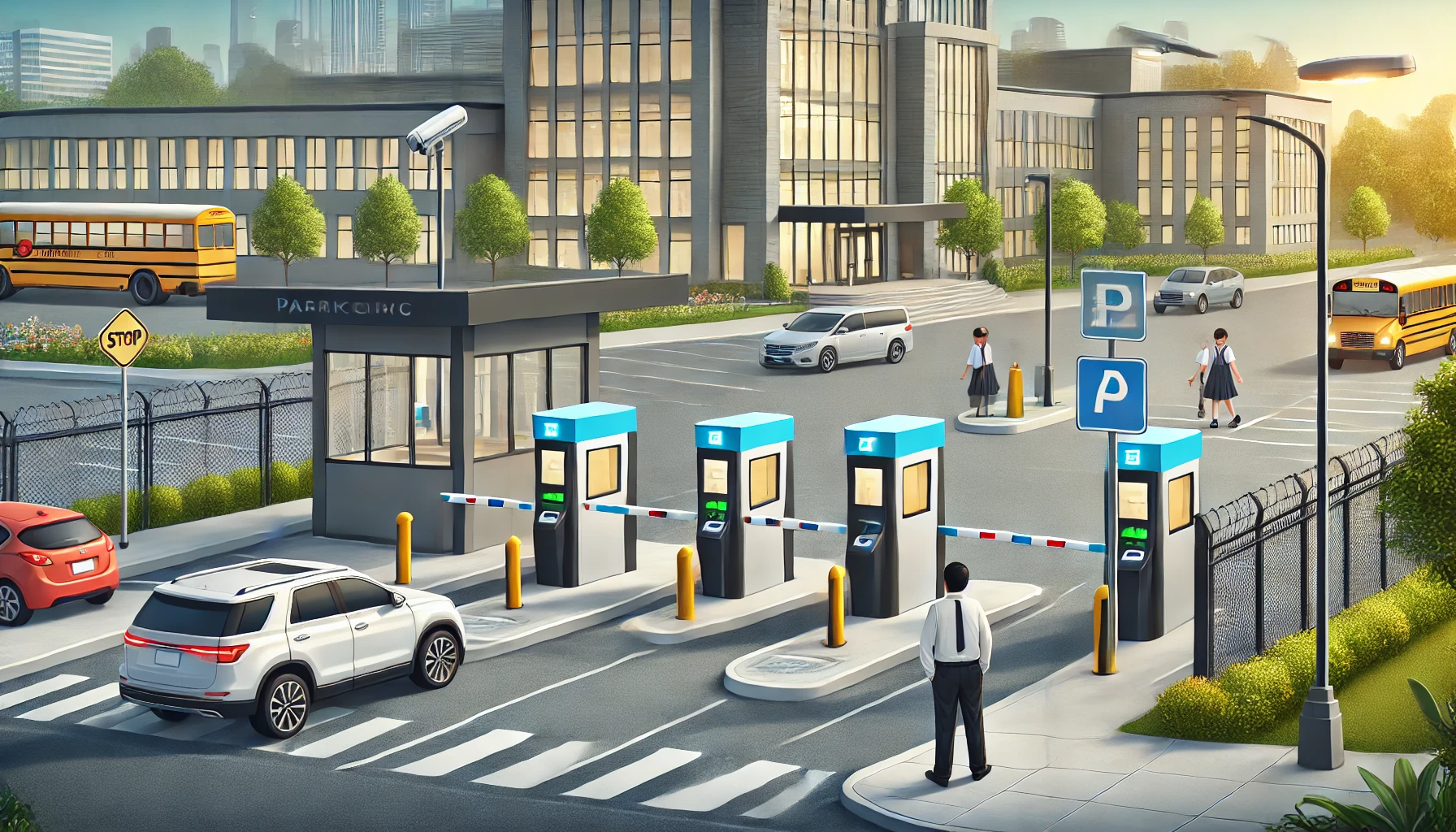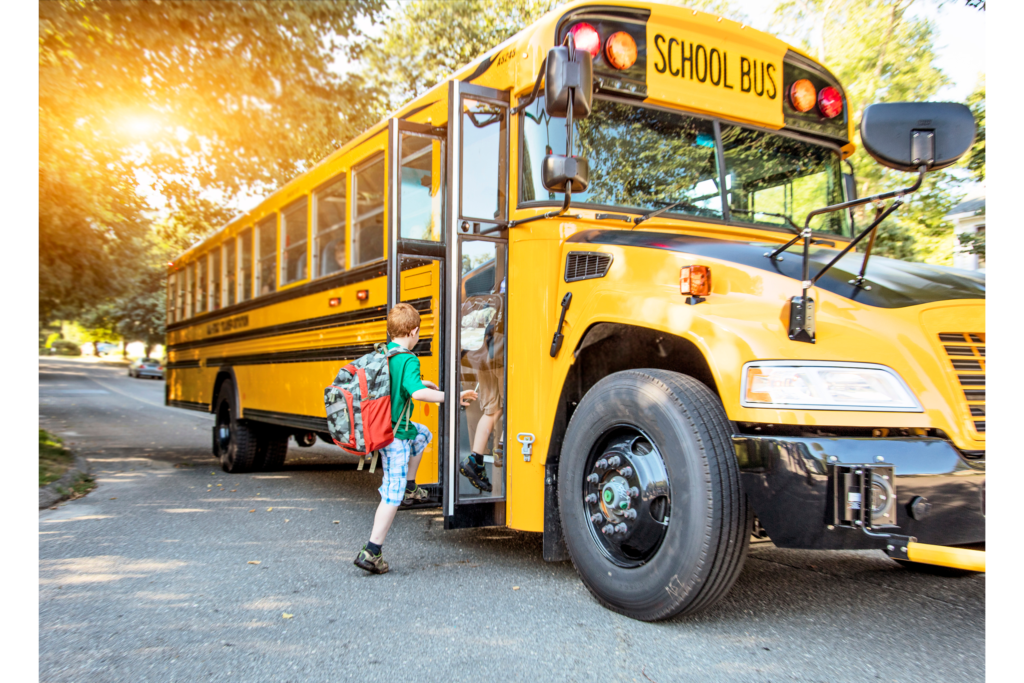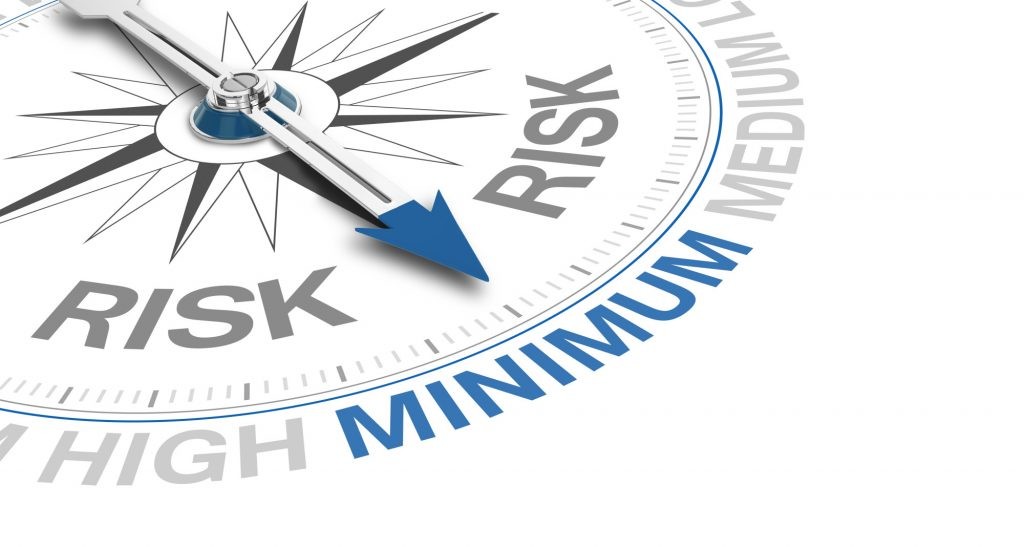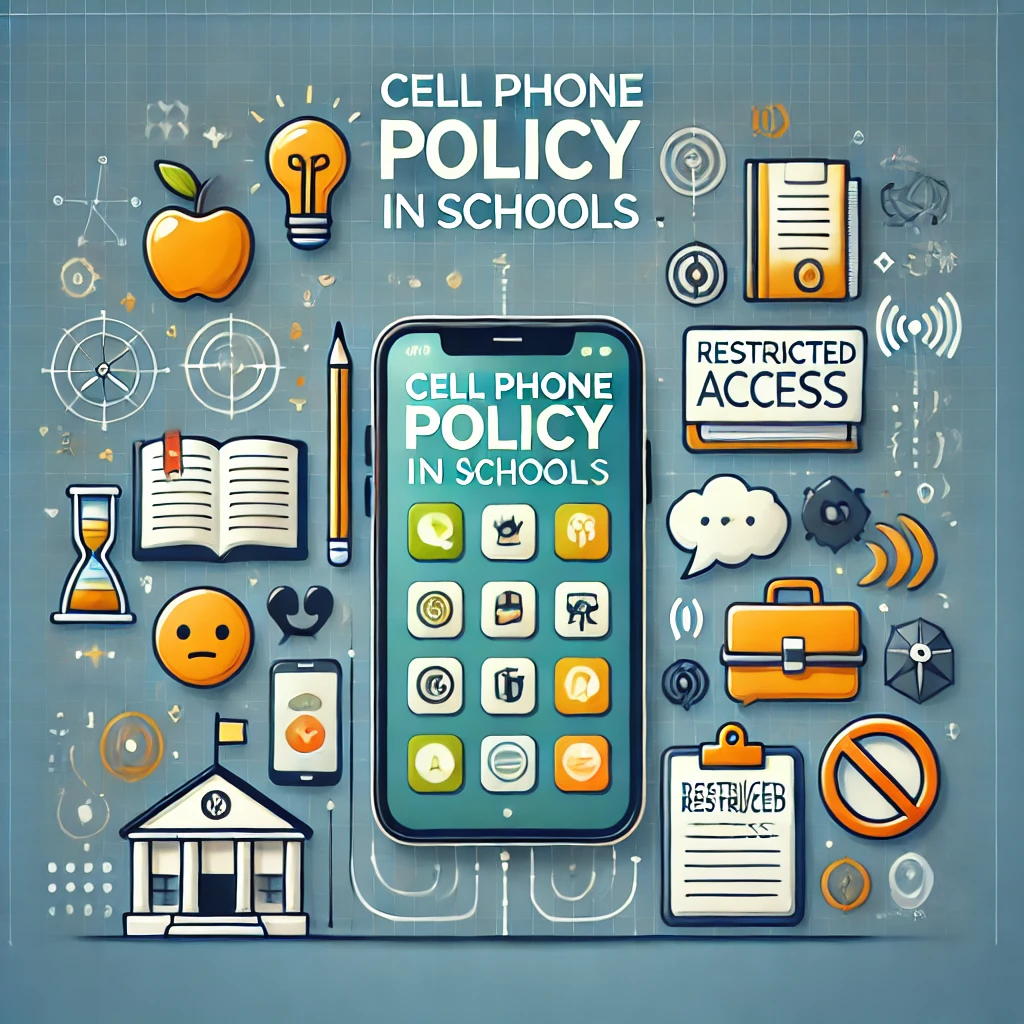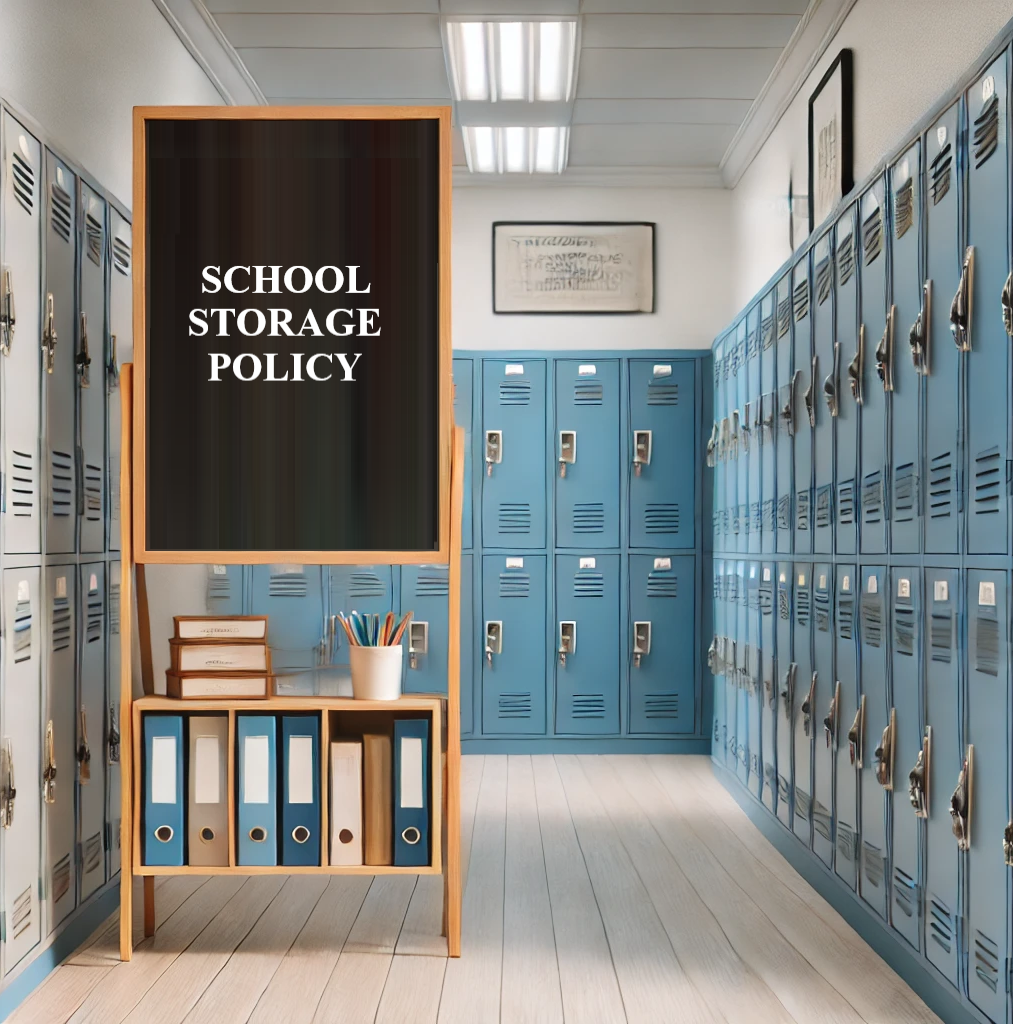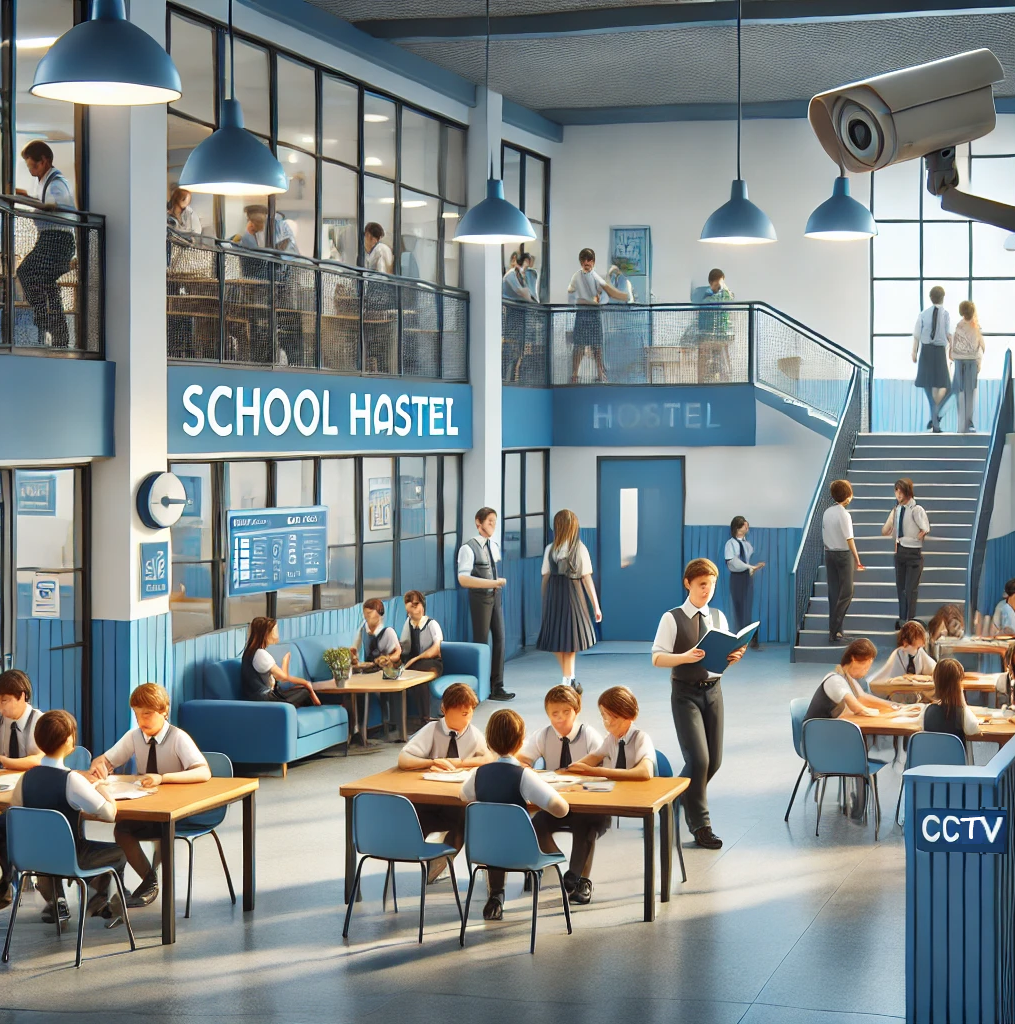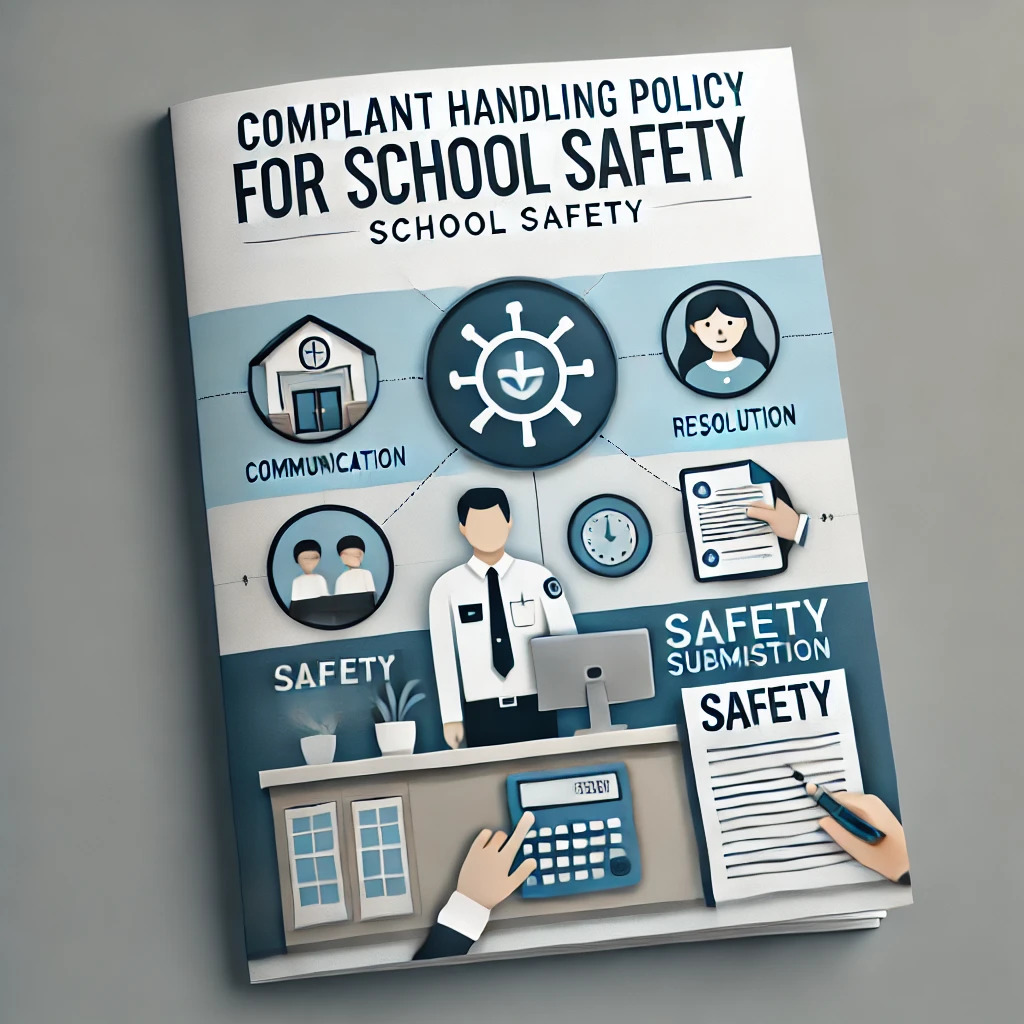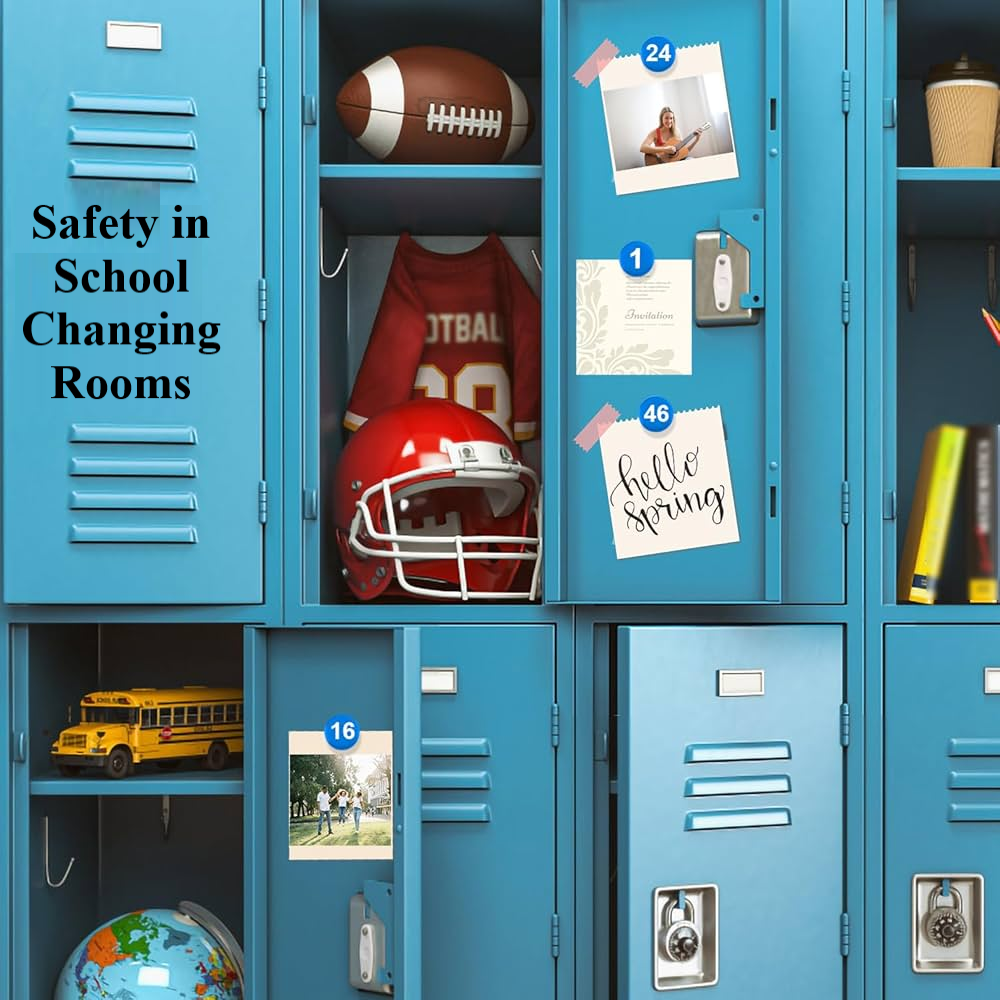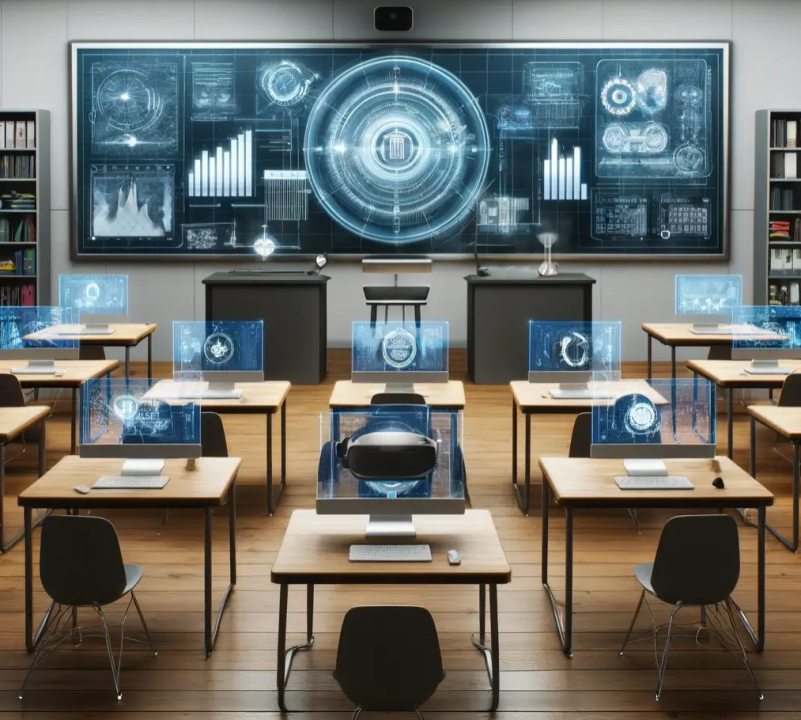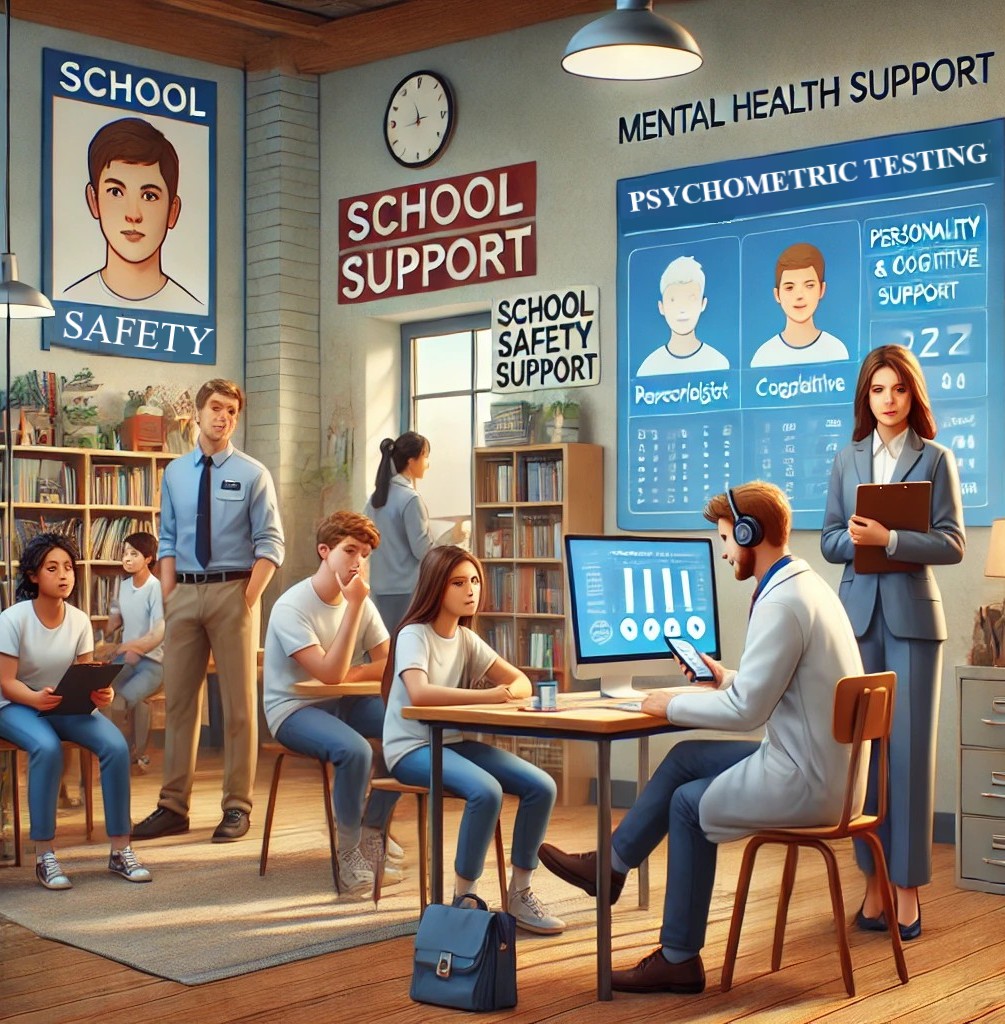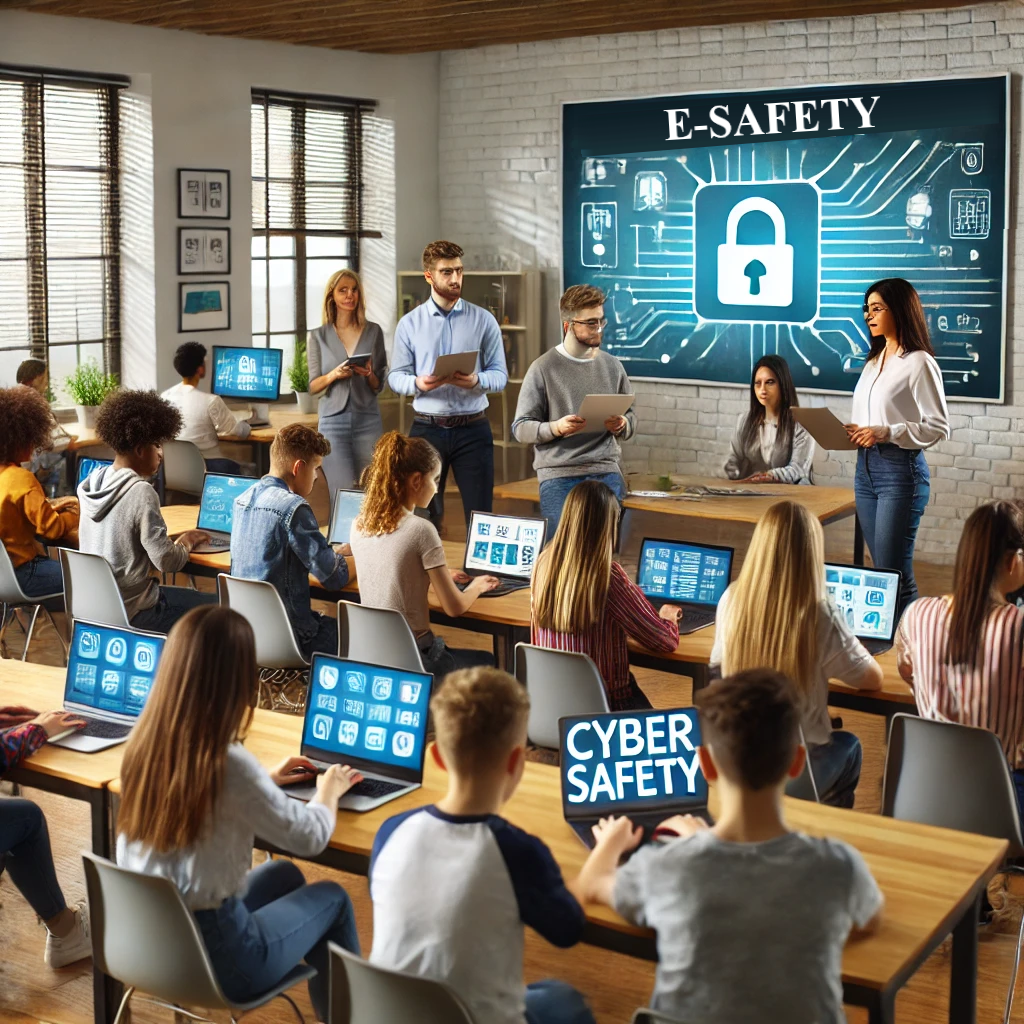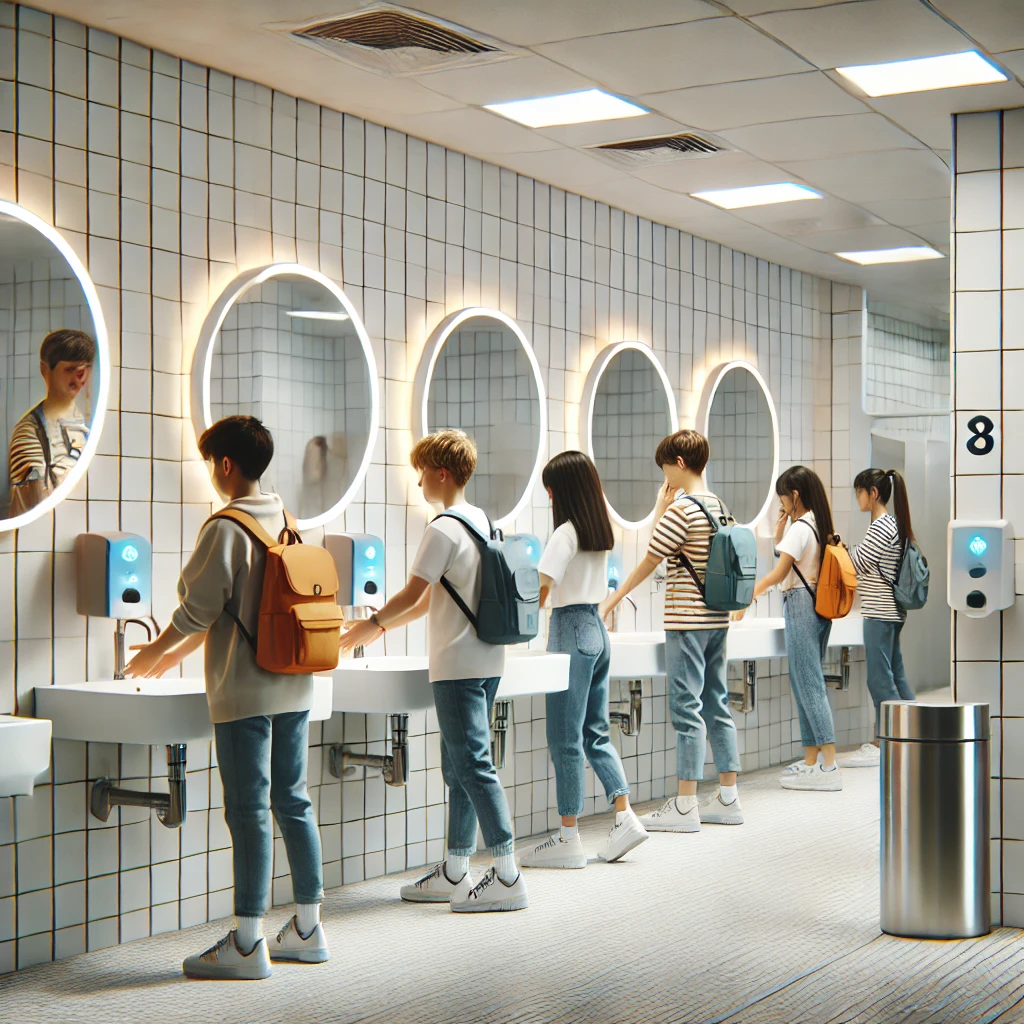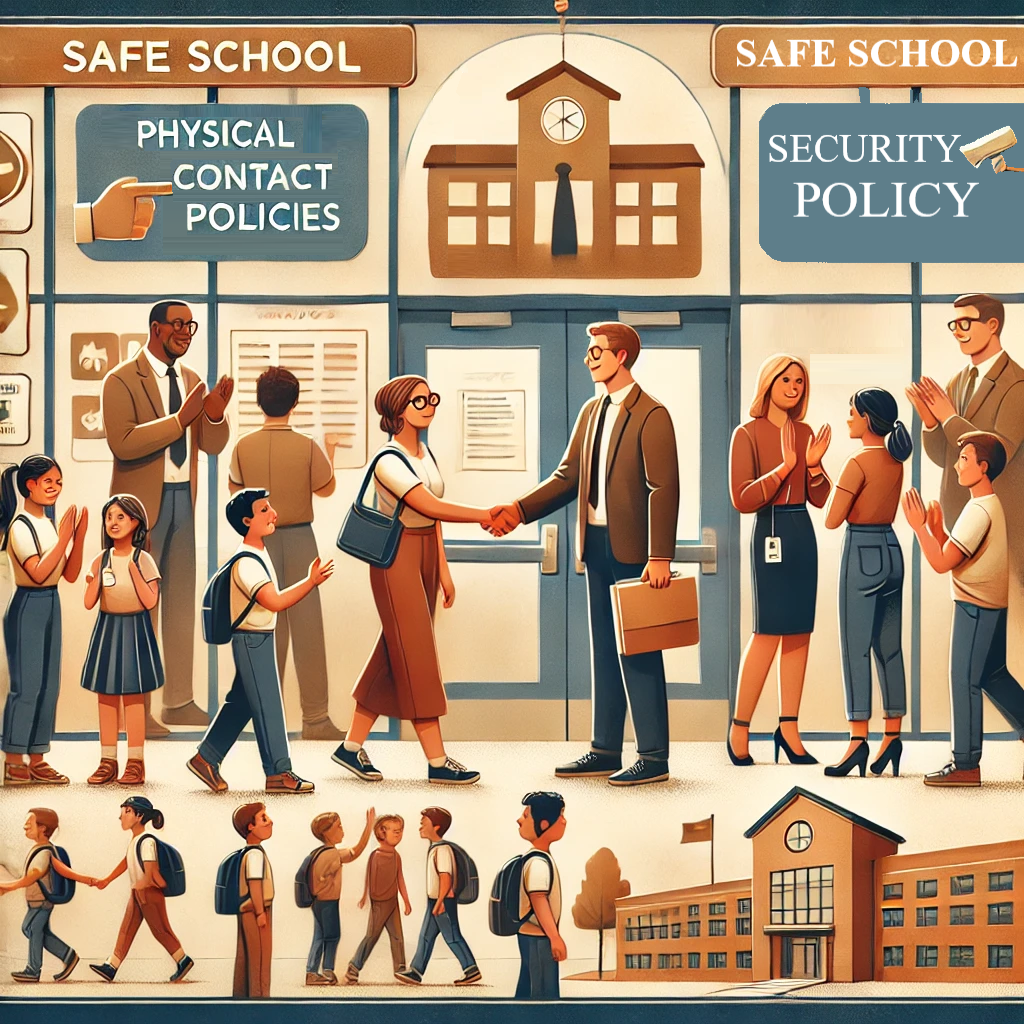Introduction
The foundation of school safety lies in robust infrastructure security. By prioritizing well-designed buildings and advanced safety features, educational institutions can create a protective environment conducive to learning. This blog explores key aspects of school infrastructure security and its significance.
The Need for Secure School Infrastructure
Educational institutions face a growing range of threats, from vandalism and theft to more severe risks like active shooter incidents. Secure infrastructure serves as the first line of defense against such dangers, ensuring the safety of students and staff while maintaining a welcoming atmosphere.
Key Elements of School Infrastructure Security
- Building Design
Modern school designs incorporate safety by ensuring clear visibility, minimal blind spots, and strategic placement of exits. For instance, open layouts with wide hallways can enhance natural surveillance while reducing congestion during emergencies. - Secure
Entrances
Installing reinforced doors, automated locks, and security personnel at main entry points helps monitor access and deter unauthorized entry. - Fencing and
Perimeter Security
Physical barriers like sturdy fencing and gates provide an added layer of protection. For example, schools in urban areas often utilize high-tech barriers integrated with alarm systems for enhanced security. - Surveillance
Systems
CCTV cameras and monitoring systems help in real-time observation of school premises. Advancements like AI-enabled surveillance can identify suspicious behavior, improving threat detection.
Case Study: A Comprehensive Approach in Singapore Schools
Singapore has set a benchmark with its secure yet inclusive school designs. Features such as controlled entry systems, extensive CCTV coverage, and emergency communication setups demonstrate how infrastructure investments can yield high safety standards.
Balancing Safety and Accessibility
While fortifying infrastructure is essential, it is equally important to
maintain an environment where students feel safe but not imprisoned.
Incorporating aesthetic, child-friendly designs ensures the campus remains
inviting.



